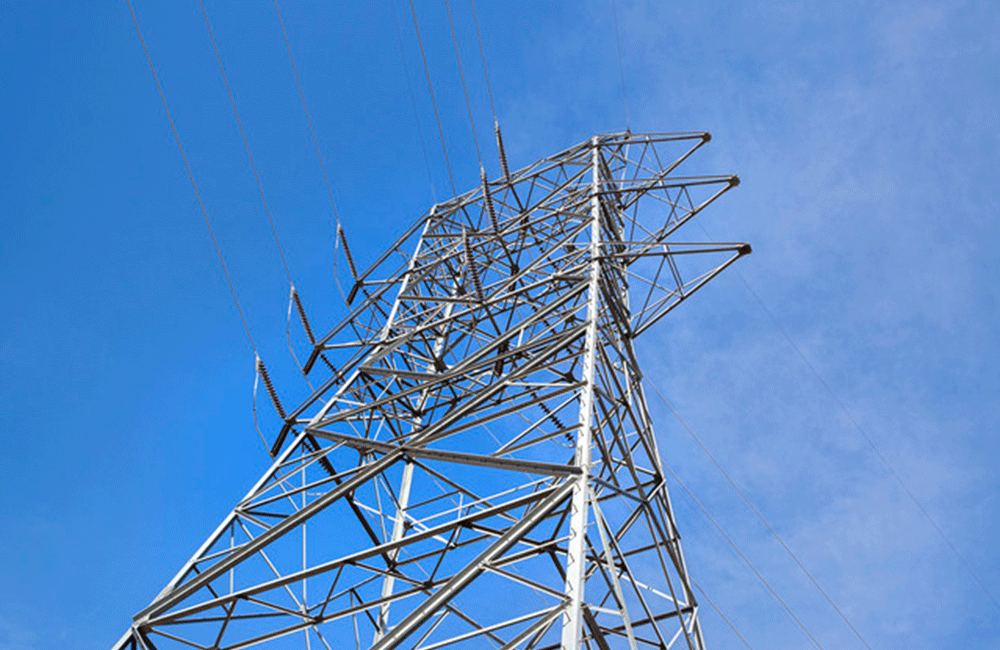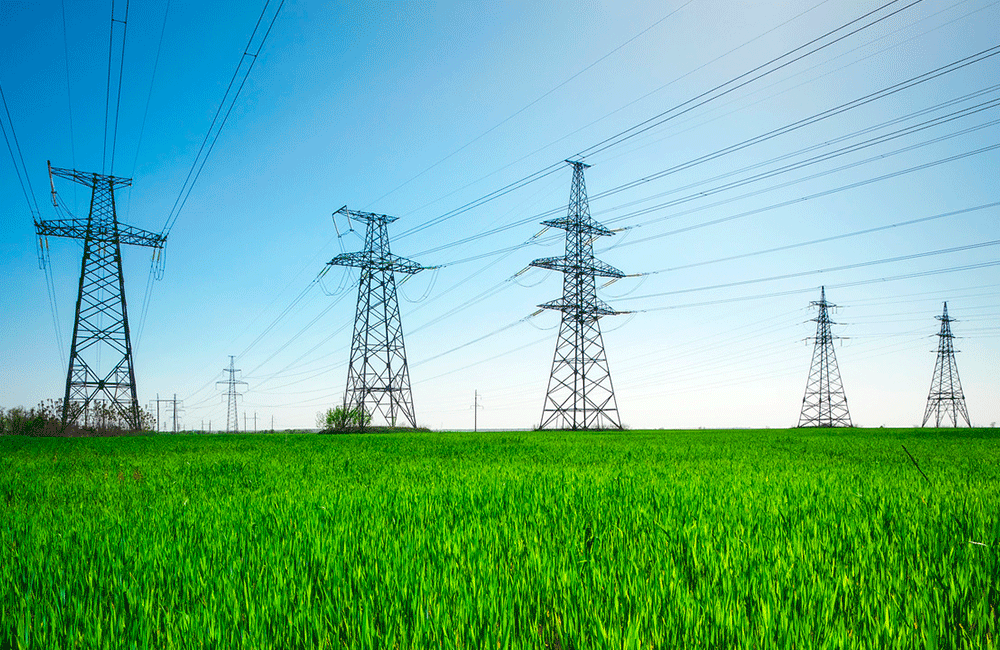
PROJECT PROFILE / PROGRAM MANAGEMENT FOR ELECTRICAL SYSTEM RECOVERY
After Hurricanes Irma and Maria wreaked havoc in the Caribbean, the Puerto Rico Electric Power Authority sought help to permanently restore and strengthen its electric grid. Seamlessly executing a long list of necessary improvements requires a full range of program management capabilities.
✖
CLIENT
Puerto Rico Electric Power Authority
LOCATION
Puerto Rico
ESTIMATED COST
$18 billion
In September 2017, Category 5 Hurricanes Irma and Maria devastated Puerto Rico, leaving nearly 1.4 million island residents without power. After a year, power had been restored to 75% of residents. To date, Hurricane Maria is considered the worst natural disaster in the islands’ history, causing billions of dollars in damage.
The ferocity of these hurricanes severely damaged Puerto Rico’s transmission and distribution infrastructure, causing complete power loss to all 78 municipalities. It was critical to the U.S. territory’s future to revitalize the Puerto Rico Electric Power Authority (PREPA) electrical grid by utilizing modern technology to improve resiliency to withstand future storms. Restoring and hardening its power infrastructure will be one of the largest and most complex programs in the history of the United States’ public utility industry. Challenges come in the form of working with a sole provider of utility-scale energy — PREPA — as well as an isolated grid and unique topography, which will directly impact the economy and general welfare of the residents of Puerto Rico.
Following a highly competitive process to procure professional services, Burns & McDonnell was selected by PREPA to provide program management services for the execution of its 10-year capital improvement program — totaling $18 billion — to revitalize Puerto Rico’s electrical grid. Throughout the duration of this program, our team members who were on-site to support grid restoration activities in 2017 will leverage knowledge gained to progress various program activities and requirements. We’ve also been collaborating with PREPA to provide training to its engineering group in the areas of grid modernization technologies and seismic design, helping close the knowledge gap created by the decline — nearly 40% — in PREPA’s highly skilled operational workforce.
The significant upcoming scope of work includes project formulation and funding, project management, federal grant management, design management, environmental and historic preservation services, construction management, project controls — including cost control, schedule management and document control — and procurement management services. Initial priorities involve strengthening Puerto Rico’s transmission backbone, hardening or relocating electric substations in flood-prone areas, and implementing strategic distribution underground.

The significant upcoming scope of work includes project formulation and funding, project management, federal grant management, design management, environmental and historic preservation services, construction management, project controls — including cost control, schedule management and document control — and procurement management services. Initial priorities involve strengthening Puerto Rico’s transmission backbone, hardening or relocating electric substations in flood-prone areas, and implementing strategic distribution underground.
Specific projects within this program include:

PREPA’s infrastructure plan to provide a more resilient grid primarily will be funded by federal grants from the U.S. Federal Emergency Management Agency (FEMA) under Sections 404 and 428 of the Stafford Act as well as evaluating the eligibility of proposed projects for available funding sources, including FEMA Section 406 hazard mitigation funds and Community Development Block Grant Disaster Recovery funds from the U.S. Department of Housing and Urban Development.
As with any project, Burns & McDonnell also is dedicated to investing in the surrounding community. As part of our commitment, we will hire local employees and engage local companies to support this multiyear program.
Interested in learning more?
✖
© 2025 Burns & McDonnell. All Rights Reserved
At this time, Burns & McDonnell is not offering pure architectural services in the states of Illinois, Louisiana, Montana, Nevada, New Hampshire or New Jersey. We may, however, provide design-build services for architectural projects.